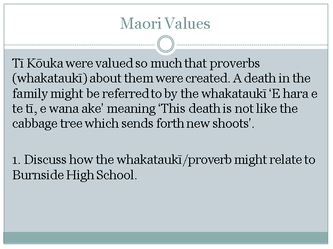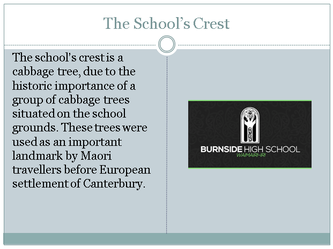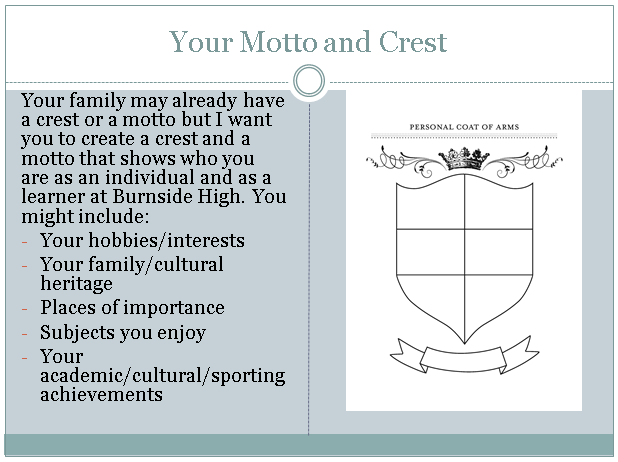Tī Kōuka, a symbol for our city
Imagine a distant past where the mist and fog shrouded flatlands, spreading out towards the sea, rich with bird and water life.
There were few landmarks emerging from the mists of what was then essentially swampland. If the hills were obscured by weather there was no way of knowing where you were. That is if it were not for the tī kōuka (cabbage trees) that were carefully planted in significant places to mark out routes across the land like green spiky beacons.
Tī kōuka were prized trees for the Māori of Te Wai Pounamu. Aside from their use as navigational markers, they provided the favoured fibre for fishing due to superior strength and the kōuru or new shoots were an important source of protein in a land where kūmara was difficult if not impossible to grow.
The site of the ancient Waitaha pā, Puari on the banks of Ōtākaro (Avon River) is home to a very old stand of cabbage trees that cluster together in an enduring circle. These trees are the mokopuna (grandchildren) of a great tī kōuka who grew in their place before them. These mokopuna today mark out the circumference of the ancient tree from which they sprung. They are a living memorial to their ancestor.
The growth pattern of the tī kōuka mirrors the concept of whakapapa and the connectedness of tribal and local history. Our ancestors are closer to us than we may think. The land around us is imbued with their histories. While we cannot go back, we can learn from those who were here before us. Our present is formed out of our past. In turn, our future is born of our present.
A greater understanding of the important places of our past will nurture us and our futures.
By Terry Ryan
Imagine a distant past where the mist and fog shrouded flatlands, spreading out towards the sea, rich with bird and water life.
There were few landmarks emerging from the mists of what was then essentially swampland. If the hills were obscured by weather there was no way of knowing where you were. That is if it were not for the tī kōuka (cabbage trees) that were carefully planted in significant places to mark out routes across the land like green spiky beacons.
Tī kōuka were prized trees for the Māori of Te Wai Pounamu. Aside from their use as navigational markers, they provided the favoured fibre for fishing due to superior strength and the kōuru or new shoots were an important source of protein in a land where kūmara was difficult if not impossible to grow.
The site of the ancient Waitaha pā, Puari on the banks of Ōtākaro (Avon River) is home to a very old stand of cabbage trees that cluster together in an enduring circle. These trees are the mokopuna (grandchildren) of a great tī kōuka who grew in their place before them. These mokopuna today mark out the circumference of the ancient tree from which they sprung. They are a living memorial to their ancestor.
The growth pattern of the tī kōuka mirrors the concept of whakapapa and the connectedness of tribal and local history. Our ancestors are closer to us than we may think. The land around us is imbued with their histories. While we cannot go back, we can learn from those who were here before us. Our present is formed out of our past. In turn, our future is born of our present.
A greater understanding of the important places of our past will nurture us and our futures.
By Terry Ryan







 RSS Feed
RSS Feed